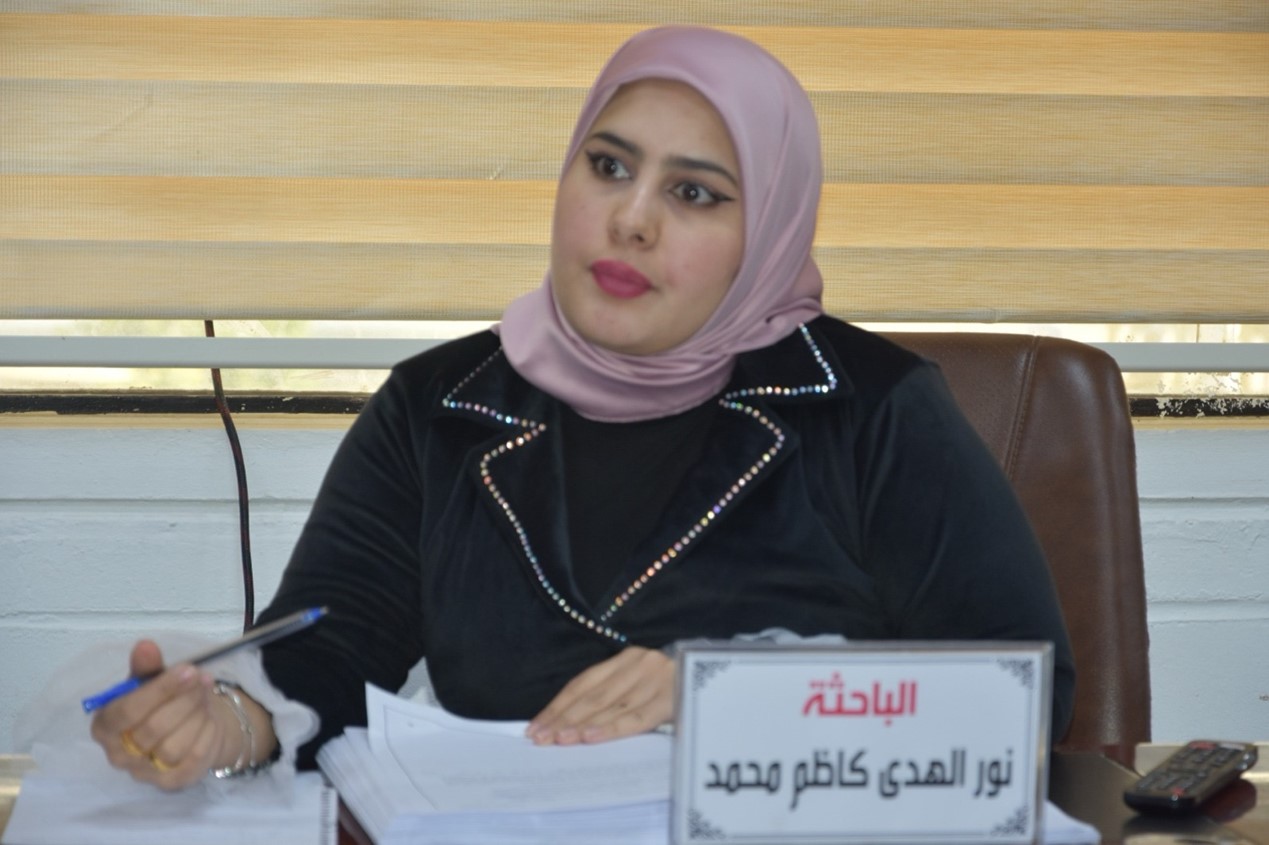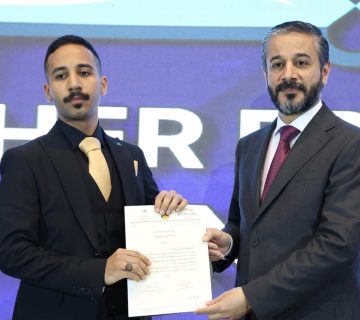On Thursday, January 4, 2024, in the discussion hall of the Department of Petroleum Engineering, a master’s student (Nour Al-Huda Kazem Muhammad) discussed her thesis entitled (Evaluation of the petrophysical properties of the Maudud Formation in the Lower Cretaceous period of the Bay Hassan oil field). A committee was composed of Discussion from the individuals listed below:
1- Prof. Dr. Iyad Abdel Halim Abdel Razzaq / Department of Petroleum Engineering – College of Engineering – University of Baghdad / Chairman
2- Prof. Dr. Ahmed Askar Najaf/ Al-Karkh University of Science. /Member
3 -A.M.D.. Omar Faleh Hassan/ Director of the Quality Assurance Department at the University of Baghdad./ Member
4- A.M.D. Ghanem Madih Farman. Head of the Petroleum Engineering Department. /Member and supervisor
. Abstract
Reservoir characterization is an essential aspect of understanding how the formation properties and fluids distribute throughout the reservoir in the presence of formation heterogeneities. This knowledge will assist in creating a 3D model of the reservoir, allowing for the prediction of fluid flow, permeability, and porosity distribution.
Integrated reservoir characterization and a 3D static model have been constructed for the Mauddud Formation in the Bai Hassan oil field in northern Iraq, considered one of the main reservoirs in this field. Wireline well logging data for the ten drilled wells and the core analysis information for seven wells have been utilized to yield this study. The lithology and petrophysical properties (permeability, water saturation, shale volume, porosity and thickness net to gross (NTG)) of the Mauddud Formation have been determined using Techlog software (V 2021.2). Different methods such as (M-N), neutron-density, matrix identification (MID) cross plots and the Quanti Elan model have been used to identify the lithology of the MauddudFormation, which includes mainly limestone and dolomite.
Well log interpretation indicates that the shale volume for the Mauddud Formation estimated from the normalized GR log is very low about 17%.
Effective porosity was estimated using different methods, and the final porosity was selected depending on matching with the core data. The average porosity value for the MauddudFormation was 14%.
Water saturation was calculated using the Archie equation and the Pickett plot was chosen to establish the resistivity of formation water and Archie’s parameters. The average Rw in the Mauddud Formation was 0.040 and Archie’s parameters were m =1.70, n=2, and a=1.
Objective of Study :
This work aims to evaluate petrophysical properties and determine reservoir
characterization to build a 3D static model for the Mauddud Formation in the Bai
Hassan oil field using available core and well log data passed into the following
procedures:
1. Well logging interpretation and formation evaluation using Techlog software to
calculate the main reservoir petrophysicalparameters of shale volume, total and
effective porosity, and water saturation.
2. Rock typing and permeability modeling using available core and well log data
from the cored intervals in order to predict their distribution in the other noncored
intervals.
3. Build 3D static model using advanced geostatistical techniques.
4. Estimate the initial oil in place (IOIP) for the Mauddud Formation.
Recommendations
• Creating dynamic reservoir model and predicting the reservoir
performance is recommended to know the amount of Mauddud Formation
production with the number of wells it needs.
• Providing the necessary data to build 3D fracture models, such as 3D
seismic images and NMR logs, is crucial for obtaining accurate results.
• More well testing and core analysis data for the newly drilled wells in large
intervals that cover the reservoir.









